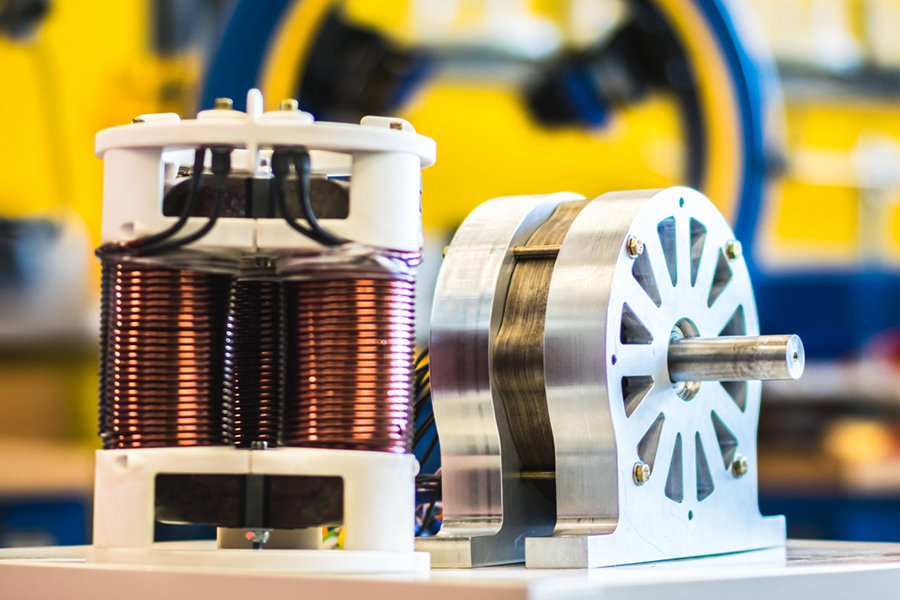Automatic Control
The field of Automatic Control studies how to make systems behave in a desired manner using feedback mechanisms and proper controller designs. Automatic Control plays a critical role in almost every aspect of our daily lives, including in home appliances, automobiles, aircraft, biomedical devices, manufacturing systems, the power grid, robots, and autonomous vehicles.
The Automatic Control area has a long history of major contributions to servomechanisms, manufacturing, automation, and space exploration. In this era of the Internet and information technology, faculty are addressing challenging control problems in systems with mobility and autonomy capabilities such as large robotic swarms and automated transportation systems, smart homes and cities, humanoid robots, and unmanned systems in the air, land, and sea. Tackling these complex systems requires research and education in innovative algorithms for coordination and control of large-scale systems, machine-learning techniques for perception and cognition capabilities that allow the systems to adapt to unstructured/unknown environments, and game-theoretic approaches to ensuring security and reliability. The faculty look forward to working with enthusiastic and highly motivated students to solve these challenging problems.




